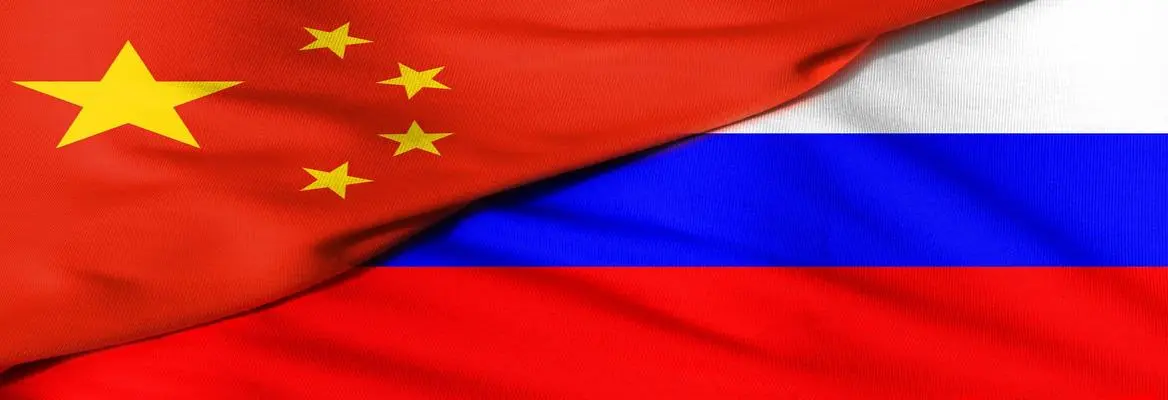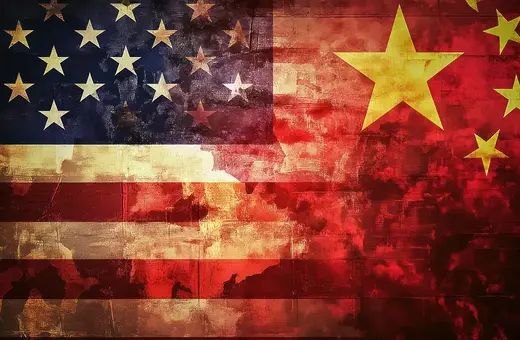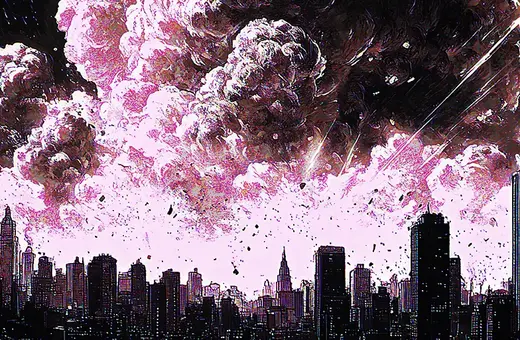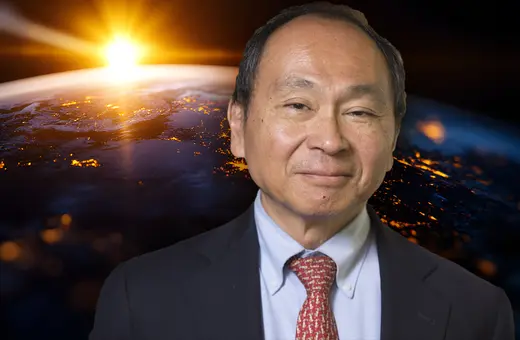For the past thirty years the Western strategy towards Russia and China was to try and incorporate them into the global, liberal, democratic order by developing deep economic ties with the two countries. That strategy has failed. Russia and China became richer, but they also became more authoritarian, imperialistic, and anti-Western. They are now using the West’s interdependence with their economies as a weapon, attempting to coerce their democratic trading partners. China and Russia seem ready for a new period of intense and aggressive rivalry with the West. The question is, is the West prepared for it, asks Aaron Friedberg.
Vladimir Putin may not be a sentimental man, but he evidently has a special affinity for anniversaries. So, as his Soviet forebears might have said, it is probably “no accident” that the Russian dictator chose the closing days of 2021, exactly thirty years after the demise of the Soviet Union, to set in motion his plans for finally conquering all of Ukraine.
Putin has famously described the fragmentation of the Soviet empire as “the greatest geopolitical catastrophe of the [20th] century.” In the West, by contrast, these events were seen to mark the end of over four decades of ideological conflict and geopolitical tension and the start of a new, more hopeful phase of peace, prosperity, and stability. Whatever else it may accomplish, Russia’s invasion of Ukraine has buried these dreams once and for all and brought the post-Cold War era to a bloody and conclusive close.
Among its other effects, the Soviet Union’s collapse and the fall of Communist regimes in its former satellites convinced many in the West that a liberalizing wave was sweeping the world. Democratic politics and market economics had proven their superiority to all other institutional forms and their further spread was being driven forward by seemingly irresistible technological forces. All that remained was for the liberal democracies to hasten things along through sustained diplomatic, societal, and, above all, economic engagement with their former rivals. Needless to say, things have not gone according to plan.
___
___
Starting in the early 1990s the explicit aim of U.S. and wider Western policy towards both Russia and China was to transform them eventually into liberal, democratic, status quo powers. As they joined an increasingly integrated global economy, it was assumed that both countries would face overwhelming pressure to fully liberalize their own economies, reducing the power of the state and expanding the role of the market. Economic growth, in turn, would give rise to an expanding middle class, a segment of society whose members have historically been among the strongest advocates and defenders of democratizing political reforms. In time the two Eurasian giants would enter what some political scientists referred to as the “democratic zone of peace,” a community of like-minded nations in which disputes would be resolved through negotiation and compromise rather than the threat or use of force. Even before this transformation was complete, however, leaders in both Moscow and Beijing would come to see that their nations’ interests were best served by accepting the rules and norms of a U.S.-led international system. Engagement would help Russia and China grow richer and stronger faster than they could otherwise have done. But it would also change them in ways that made their newfound power unthreatening to the interests and values of the established democracies.
This strategy for incorporating Russia and China into a truly global, liberal order has now clearly failed.





















Join the conversation